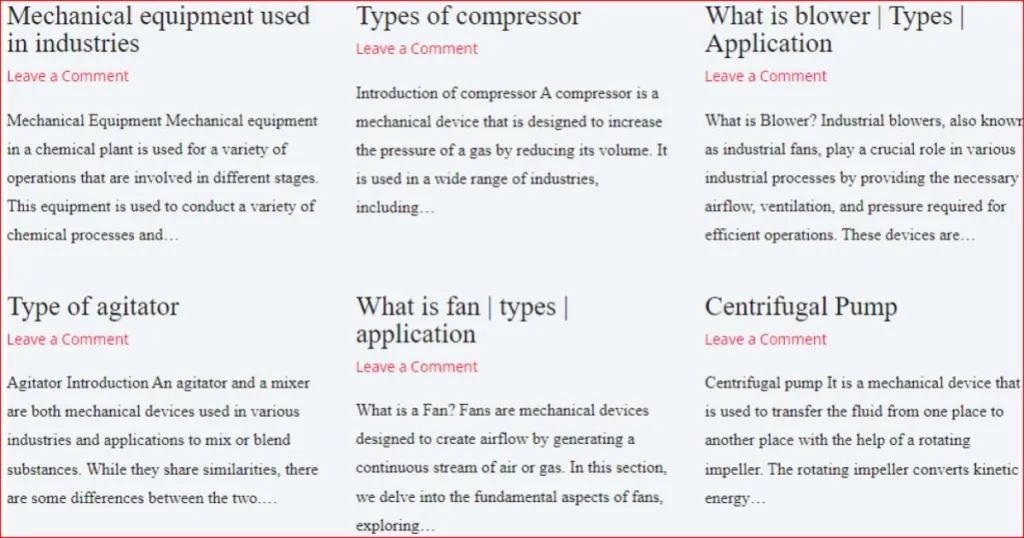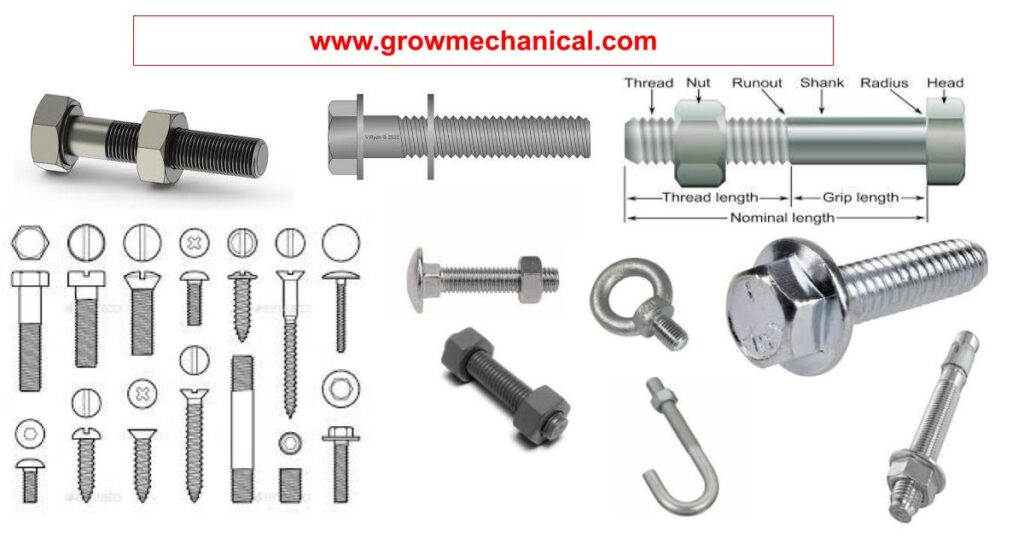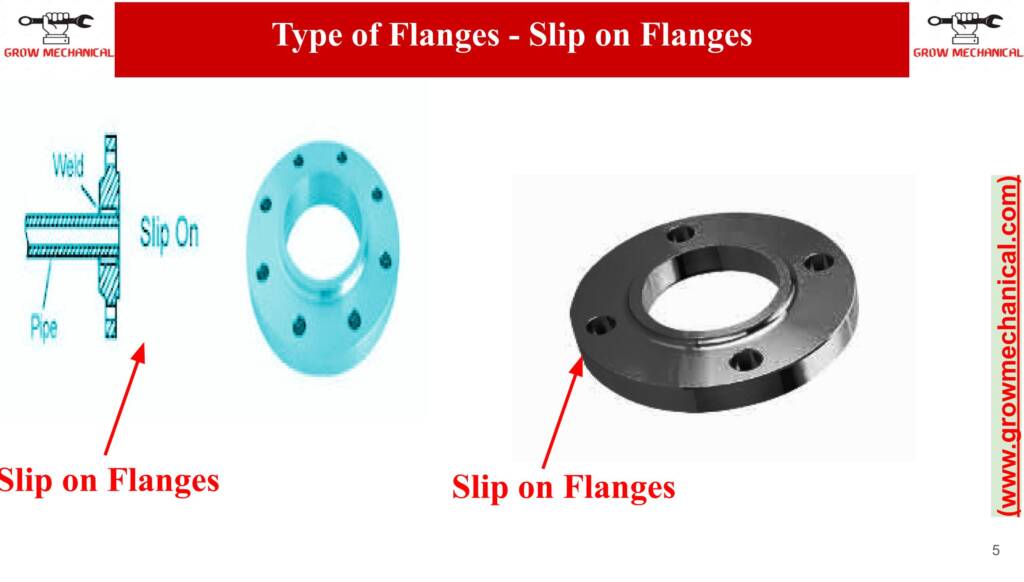Batch Process vs. Continuous Process:
Batch Process Definition:
A batch process is a manufacturing or production method where a fixed quantity or batch of products is produced at a time. The production occurs in separate units or batches, and each batch goes through a set of processing steps before the next batch begins. Batch processes are characterized by their distinct start and stop points, with equipment and resources dedicated to each batch.
Continuous Process:
A continuous process is a manufacturing or production method in which raw materials are continuously feed into the production system or machines, and the output is a constant, uninterrupted flow of finished products. Continuous processes operate 24/7 without the need for frequent starts and stops. Continuous processes are often used for high-volume production and are designed to achieve a steady and consistent output over an extended period.
Reactor vs. Separator:
Reactor and separator are two distinct terms commonly used in various fields. Here are their basic definitions:
Reactor definitions
In chemical engineering, a reactor is a vessel or close system designed to contain and control chemical reactions within it. It is a space where raw materials undergo a transformation into desired products through chemical processes. Reactors can vary in size and design depending on the specific application.
Separator definitions
A separator is a equipment used to separate different components of a mixture or solution. This can apply to various substances, including liquids, gases, or solids. Separators are employed to isolate and recover specific components from a mixture based on their physical properties such as density, phase, or solubility.
Distillation vs. Extraction:
Distillation definitions
Distillation is a separation process that utilizes differences in boiling points to separate components of a liquid mixture. The mixture is heated to vaporize the more volatile components, and then the vapor is condensed back into liquid form to obtain the purified components. Distillation is commonly used for separating liquids from a solution or purifying a liquid mixture.
Extraction definitions
Extraction is a separation technique that involves selectively removing one or more components from a mixture using a solvent. The choice of solvent is crucial as it should selectively dissolve the desired component. After extraction, the solvent containing the dissolved component is separated from the rest of the mixture. Extraction is commonly employed to isolate specific compounds from natural products or to separate substances from complex mixtures.
Pressure Vessel vs. Storage Tank:
Pressure Vessel Definition:
A pressure vessel is a closed container designed to hold gases or liquids at a pressure substantially different from the ambient pressure. These vessels are built to withstand high pressure and are often used in industrial processes such as chemical manufacturing, petrochemical production, and power generation. Pressure vessels can range in size from small, portable containers to large industrial tanks.
Storage Tank Definition:
A storage tank is a container designed to hold liquids or gases at atmospheric pressure or slight internal pressure. Unlike pressure vessels, storage tanks are not built to withstand significant pressure variations. Storage tanks are commonly used for storing liquids such as water, oil, chemicals, and various industrial fluids. They come in various sizes and shapes and are employed in industries like agriculture, petroleum, and manufacturing for bulk storage purposes.
Heat Exchanger vs. Condenser:
Pump vs. Compressor:
A pump is a device that is designed to move fluids (liquids or gases) by mechanical action. It increases the pressure of the fluid, allowing it to flow from a region of lower pressure to a region of higher pressure. Pumps are commonly used in various applications such as water supply, irrigation, fuel transfer, and hydraulic systems.
A compressor, on the other hand, is a mechanical device that increases the pressure of a gas by reducing its volume. It is primarily used to compress gases, such as air or refrigerants, in order to store, transport, or utilize them in various industrial processes. Compressors are essential components in refrigeration, air conditioning, and pneumatic systems.
Feedstock vs. Product:
Feedstock refers to the raw materials or substances used as input in an industrial process to produce a desired product. These materials are typically transformed or processed during the manufacturing or production process.
A product is the outcome or result of a manufacturing or production process. It is the finished or semi-finished item that is created to serve a specific purpose or meet a particular demand.
Catalyst vs. Inhibitor:
Catalyst Definition:
A catalyst is a substance that increases the rate of a chemical reaction by providing an alternative reaction pathway with lower activation energy. It participates in the reaction but is not consumed or permanently altered by the reaction. Catalysts enable reactions to occur more quickly or under milder conditions.
Inhibitor Definition:
An inhibitor is a substance that slows down or hinders a chemical reaction. It functions by reducing the rate of reaction or preventing the reaction from proceeding to completion. Inhibitors are often used to control or regulate the speed of a reaction, and they may be reversible or irreversible depending on their nature.
Reflux vs. Distillate:
Reflux Definition
Reflux is a technique used in chemical laboratories and industrial settings to repeatedly condense vapors and return them to the reaction vessel. This process helps improve the efficiency of reactions by preventing the loss of volatile components and facilitating thorough mixing. In a reflux setup, a condenser is used to cool the vapor, and the condensed liquid (reflux) drips back into the reaction flask, allowing the reaction to continue under controlled conditions.
Distillate Definition
Distillation is a separation process that utilizes the differences in boiling points of components in a liquid mixture. It involves heating the mixture to create vapors and then cooling those vapors to condense them back into liquids. The resulting liquid, known as the distillate, is collected and often has a higher concentration of the component with the lower boiling point. Distillation is commonly employed for purifying liquids, separating components from a mixture, or obtaining specific fractions of a substance.
Cracking vs. Reforming:
Cracking Definition:
Cracking is a refining process in which larger hydrocarbon molecules are broken down into smaller, more valuable ones. This is typically done by applying heat and/or pressure to the feedstock, causing the molecules to undergo cleavage or breaking apart. The primary objective is to increase the yield of valuable products such as gasoline and diesel.
Reforming Definition:
Reforming is a refining process that involves the rearrangement of hydrocarbon molecules to produce compounds with higher octane ratings, which are important for gasoline. This process often uses a catalyst and heat to convert low-octane naphthas into high-octane products, such as aromatics and isomerized compounds. The goal is to improve the quality of gasoline and enhance its anti-knock properties.

Batch Reactor vs. Continuous Reactor:
Batch Reactor Definition:
A batch reactor is a type of chemical reactor where the reaction takes place in a closed vessel or batch. In this system, all reactants are added at the beginning, and the reaction progresses with time. The reaction occurs within the confines of the reactor until it reaches completion or a desired state, at which point the contents are removed. Batch reactors are often used for small-scale production, experimentation, or when the reaction conditions need to be closely controlled.
Continuous Reactor Definition:
A continuous reactor, on the other hand, is a type of chemical reactor in which reactants are continuously fed into the reactor, and products are continuously removed. Unlike batch reactors, the reaction in a continuous reactor does not stop until the operation is intentionally halted. Continuous reactors are commonly employed in large-scale industrial processes where a continuous and steady production of a chemical product is desired. They are known for their efficiency and ability to handle large volumes of reactants and products over extended periods.
Chemical Engineering vs. Process Engineering:
Chemical Engineering Definition
Chemical engineering is a branch of engineering that applies principles of chemistry, physics, mathematics, biology, and economics to efficiently use, produce, design, transport, and transform energy and materials. Chemical engineers are involved in the development and optimization of processes for large-scale manufacturing of various products, including chemicals, petrochemicals, pharmaceuticals, materials, and more.
Process Engineering Definition:
Process engineering is a broader discipline that encompasses the design, optimization, and management of industrial processes. It involves the application of engineering principles to develop, design, and analyze processes within various industries, including chemical, petrochemical, food, pharmaceutical, and others. Process engineering may include aspects beyond chemical processes, such as mechanical, thermal, and fluid dynamics, to ensure the efficient and safe operation of industrial processes.
Corrosion vs. Erosion:
Corrosion Definition:
Corrosion refers to the gradual deterioration of a material, usually a metal, due to a chemical or electrochemical reaction with its environment. This reaction leads to the formation of corrosion products, such as rust in the case of iron and steel. Corrosion is typically influenced by factors like moisture, oxygen, and various corrosive substances.
Erosion Definition:
Erosion is the process of wearing away or removal of material from a surface through the action of external forces, such as wind, water, ice, or abrasive particles. Erosion can occur through physical processes like abrasion or the transport of particles, leading to the gradual alteration or loss of material from the affected surface.
Flash Point vs. Fire Point:
Flash Point Definition:
The flash point of a substance is the lowest temperature at which vapors of that substance will ignite, but the flame is not sustained. In other words, the flash point is the temperature at which a substance can momentarily produce a flash of fire when exposed to an open flame or heat source.
Fire Point Definition:
The fire point is the temperature at which the vapors of a substance will ignite, and the flame can be sustained for a period of time. Unlike the flash point, at the fire point, the ignition source can sustain the combustion of the substance, leading to a more prolonged and sustained fire.
Isomerization vs. Polymerization:
Isomerization Definition: Isomerization is a chemical process in which a compound undergoes structural rearrangement, resulting in the formation of isomers. Isomers are molecules that have the same molecular formula but different arrangements of atoms.
Example: In the context of organic chemistry, the isomerization of butane can result in the formation of isobutane, where the arrangement of carbon atoms is different.
Polymerization Definition: Polymerization is a chemical process in which small molecules, called monomers, join together to form a large and more complex polymer. This process involves the repeated addition of monomers, leading to the creation of a macromolecule with a high molecular weight.
Example: The polymerization of ethylene results in the formation of polyethylene, a common plastic material. In this case, ethylene molecules (monomers) combine to form a long chain polymer.
Hydrocarbons vs. Aromatics:
Hydrocarbons Definition
Hydrocarbons are organic compounds that consist only of hydrogen and carbon atoms. They are the simplest class of organic compounds and can be classified into two main types: aliphatic and aromatic. Aliphatic hydrocarbons have straight or branched chains, while aromatic hydrocarbons have a cyclic, ring-like structure.
Aromatics Definition
Aromatics specifically refer to a class of hydrocarbons characterized by the presence of one or more aromatic rings. Aromatic rings are planar (flat) and possess a high degree of stability due to the delocalized pi electrons within the ring structure. The most common example of an aromatic hydrocarbon is benzene, which has a hexagonal ring of six carbon atoms with alternating single and double bonds.
Mass Transfer vs. Heat Transfer:
Mass Transfer Definition:
Mass transfer refers to the movement of mass from one region to another within a system. This transfer can occur through various mechanisms such as diffusion, convection, or migration of molecules. Mass transfer is essential in processes like evaporation, condensation, absorption, and distillation.
Heat Transfer Definition:
Heat transfer involves the movement of thermal energy from one region to another due to a temperature difference. There are three primary modes of heat transfer: conduction, convection, and radiation. Conduction is the transfer of heat through a material, convection involves the movement of fluids (liquids or gases) to transfer heat, and radiation is the emission of electromagnetic waves that carry energy.
Piping vs. Tubing:
Piping Definition
Piping refers to a system of pipes used for the conveyance of fluids (liquids or gases). It involves the use of rigid tubes or pipes made of materials like metal, plastic, or composite materials. Piping systems are typically designed to transport fluids from one point to another within a facility or across different locations. Piping is commonly used in industrial processes, heating and cooling systems, and plumbing applications.
Tubing Definition
Tubing, on the other hand, also involves the use of tubes for the transportation of fluids. Tubing may refer to more flexible tubes, often with a smaller diameter compared to pipes. It is commonly used in applications where flexibility is required, such as in medical devices, instrumentation, or situations where bending and maneuverability are essential. Tubing materials can include plastics, rubber, or metal alloys, depending on the specific requirements of the application.
Vapor Pressure vs. Boiling Point:
Vapor Pressure Definition:
Vapor pressure is the pressure exerted by a vapor in thermodynamic equilibrium with its condensed phases (solid or liquid) at a given temperature in a closed system. It represents the tendency of a substance to evaporate or transition into the vapor phase.
Boiling Point Definition:
Boiling point is the temperature at which the vapor pressure of a liquid equals the external atmospheric pressure. At this temperature, the liquid undergoes a phase transition to vapor, forming bubbles within the liquid. The boiling point is characteristic of a substance and may vary with changes in pressure.
Instrumentation vs. Control:
Instrumentation: Instrumentation refers to the use of devices, instruments, and systems to measure, monitor, and control physical variables such as temperature, pressure, flow, level, and more. Instruments in this context are tools or devices that provide data about a process or system, enabling operators to understand and manage it effectively.
Control: Control involves the regulation or manipulation of a system or process to achieve a desired outcome. In the context of industrial processes, control systems use feedback mechanisms to adjust and maintain specific parameters within predefined ranges. This ensures that the process operates efficiently, safely, and according to specified criteria.
Safety Relief Valve vs. Blowdown Valve:
Safety Relief Valve Definition
A safety relief valve is a device designed to automatically release excess pressure from a system, typically a pressurized vessel or pipeline, in order to prevent damage or failure. The valve opens when the pressure exceeds a predetermined set point, allowing the excess fluid or gas to escape and reduce the pressure to a safe level. Safety relief valves are crucial for protecting equipment and ensuring the safety of industrial processes.
Blowdown Valve Definition
A blowdown valve is a type of valve used to release or “blow down” a portion of the pressurized fluid from a system, such as a boiler or a steam generator. The purpose of a blowdown valve is to remove impurities, dissolved solids, or other contaminants from the system by discharging a small amount of water or steam. This process helps maintain the quality of the remaining fluid and prevents the accumulation of harmful substances. Blowdown valves are commonly employed in steam and water systems to optimize operational efficiency and equipment longevity.
Continue….



